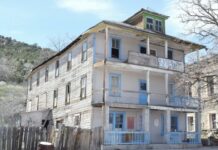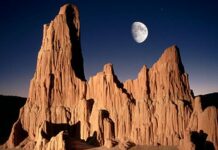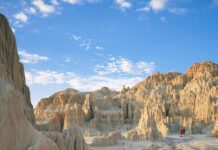Free Roaming Burros and a Remarkable Mule in 1930s Pioche
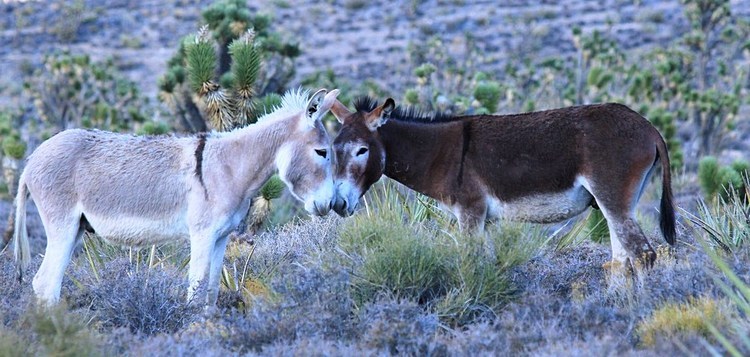
Pioche, Nevada, in the days of the Great Depression and even before, had a group of burros that roamed free after some of the mines had closed down.
The late Judge Roscoe Wilkes tells of one story about him and his buddies catching and riding the burros in one of the chapters in his book, “High Desert Tales.” But this story is not that one, it is a different one.
Wilkes was born in 1918, and moved to Pioche in 1927. He would go on to be a WWII veteran, prisoner of war, earn his law degree at USC, eventually serve as Lincoln County District Attorney, District Judge and administrative law judge with the U.S. Coast Guard. However, it was as a boy during the Great Depression he writes many of his reminiscences.
Of the Depression era he writes, “Polite media writers are calling it a recession, but when people are being tossed out of their jobs by the millions and many losing their homes in the process, and when starving fathers are striving to keep food on the family table, the situation calls for a stronger name, perhaps disaster…”
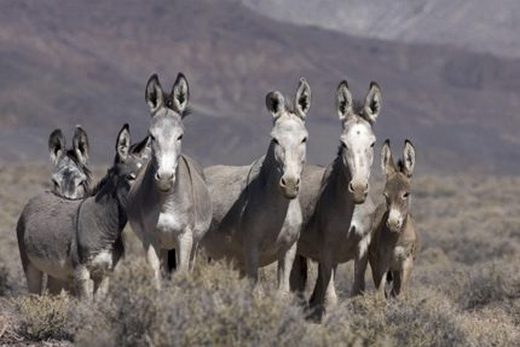
When the mines closed down in Pioche, some because of the Depression, several of the burros that had pulled the ore cars out of the tunnels to the dump site for the bins that took the ore to the processing plant, were simply turned loose to roam and graze in the hills around the town. There were about eight of them Wilkes recalls.
In the very early 1930’s a sport enjoyed by the boys was catching and riding one or more of them. “Those burros may have belonged to someone, but we never knew or cared who that might be. If you caught one, it was yours for the day, until dusk when the unwritten rule was that it must be turned loose to graze – ‘they have to eat, you know.’” The burros were always to be treated with respect, not mistreated.
However, Wilkes recalls one burro named “Maggie,” probably a name the boys gave to it, was one they would catch and ride often. One boy one day, another boy the next. He notes, “But when Maggie had enough of some inconsiderate kid banging her with a stick or otherwise harassing her, she would simply lie down where she was and stay there, until in her own mind, she was ready to get up.”
The burros were around the town of Pioche for many years, and it is believed that sometime during World War Two they finally died out.
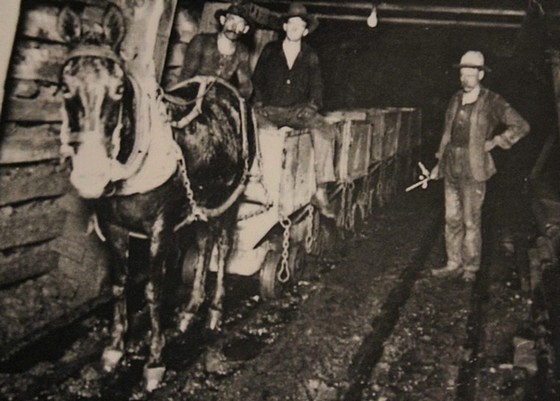
There were other four-legged animals that worked in the mines also, and those were mules. One, which Wilkes tells of, the boys called the “Burke Tunnel Mule.” “This mule could count,” Wilkes claimed.
A few of the mines were still open in the early ’30s, as was the one where this mule worked. “There were no electric motors or winches to pull the loaded ore cars out of the mine on the tracks,” Wilkes notes.
“Instead, there was a smallish black mule with a carbide lamp affixed to its headstall. Back in the tunnel the mule would listen as the one-ton mine cars were being coupled together. Three cars and the mule would pull them out.” However, “If she heard a fourth car being coupled to the others, she wouldn’t move.”
Right after high school in 1936, Wilkes worked for a time in the mines around Pioche, and he said, “I saw this mule many times. The lesson we learned, mules can count.”
— Dave Maxwell



